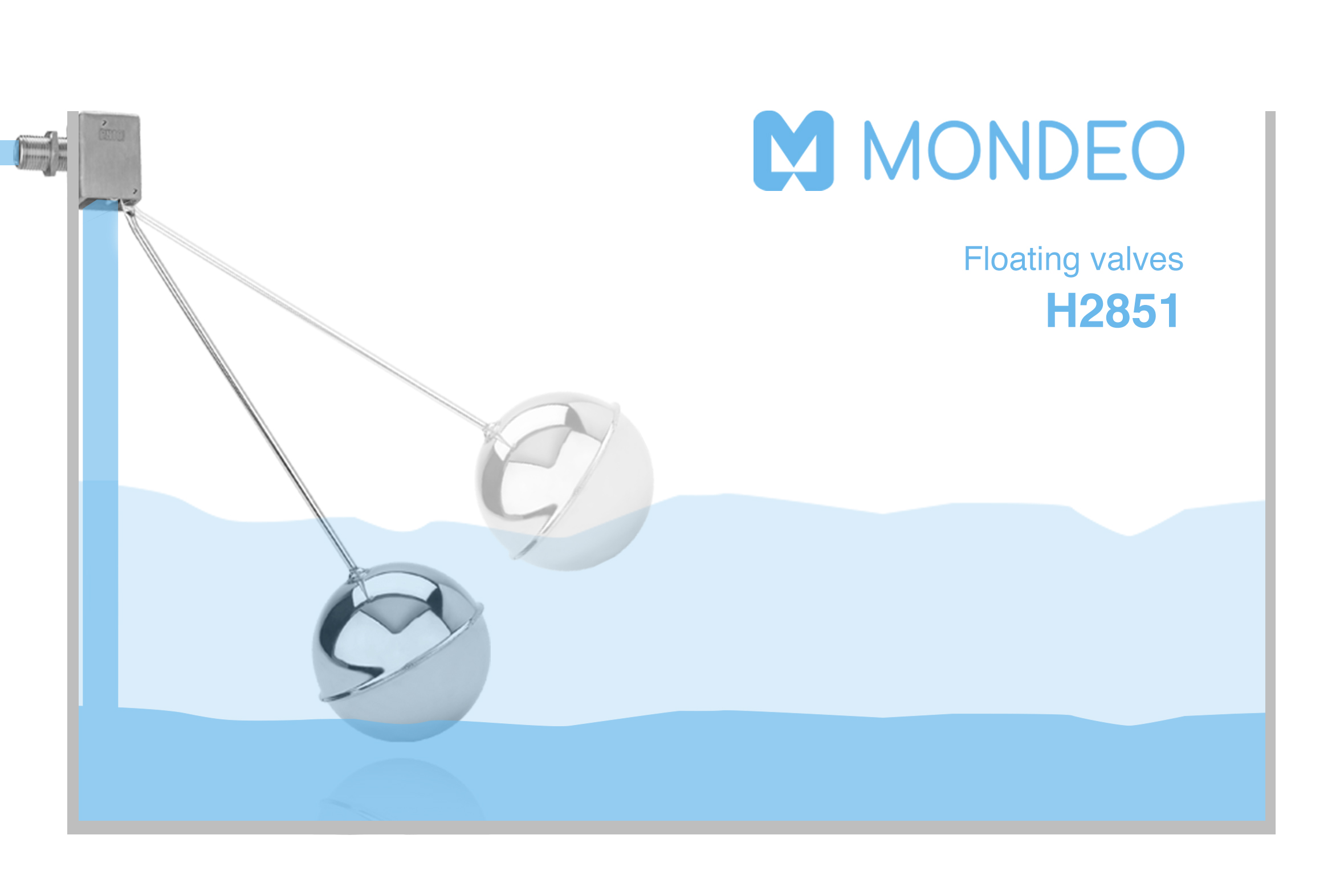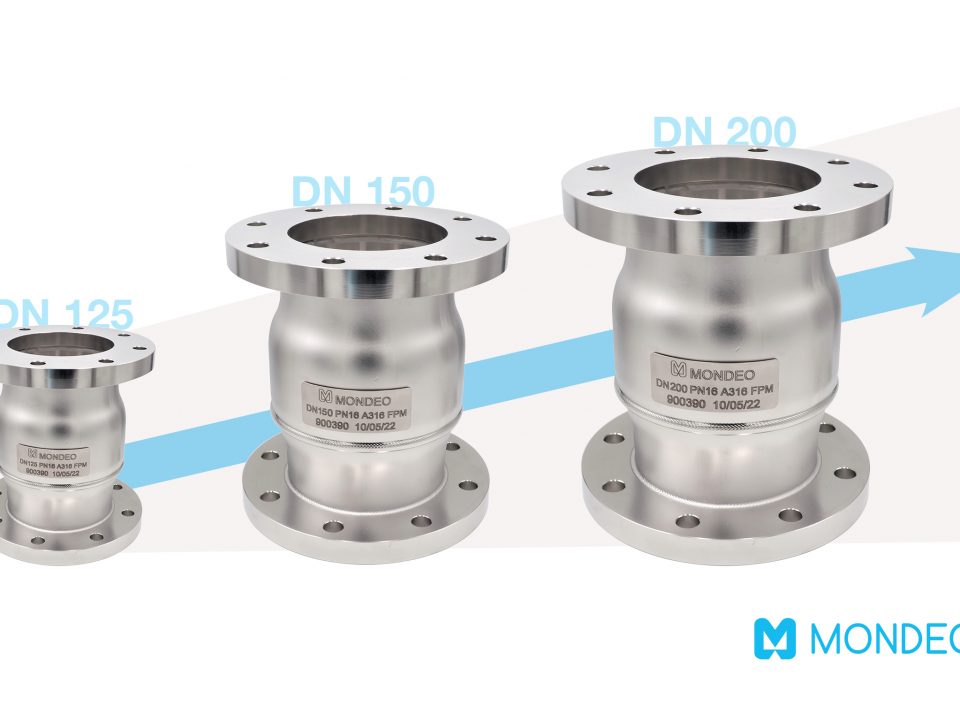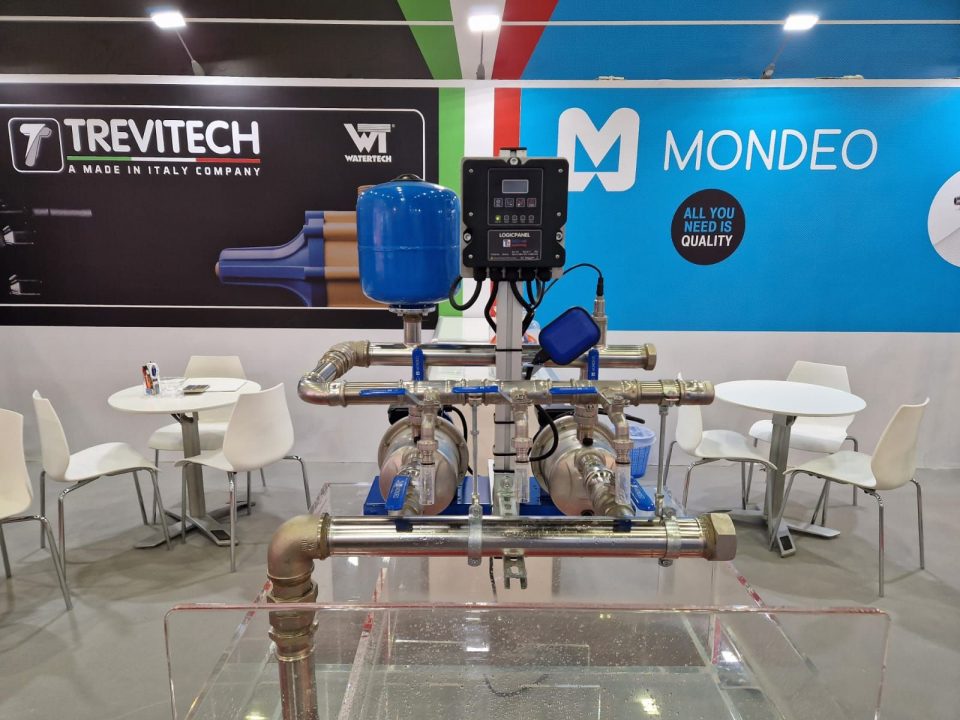
Rate A check valves by Mondeo: zero leakage
October 21, 2019
Big Five Dubai 2019
November 8, 2019
Floating valves belong to the shut-off valve family whose valves, as the name says, intercept the fluid, allowing or blocking its passage.
These valves are mainly used as a closing system when filling cisterns and large tanks because they regulate the internal level of liquid.
The valve, installed at the inlet port, has an opening and closing mechanism and a solid, spherical float inside the tank. The float rises with the level of liquid and when a set level is reached the closing mechanism activates, stopping the flow of liquid into the tank. In this manner the risk of overfilling can be avoided.
The advantages of a steel floating valve
Plastic or brass floating valves have mechanical and precision limits that do not apply to steel floating valves. In addition to being longer lasting over time, steel floating valves can also be used with moderately aggressive liquids, as long as compatible with the silicon gaskets. Floating valves are often installed in outdoor tanks, and steel offers the added advantage of greater resistance to frost.
The reliability of intercept valves is essential, above all when the tanks are positioned in places that do not permit constant monitoring. Should the valve break, the liquid would continue flowing into and leaking from the tank, resulting in damage caused by liquid loss and flooding. It is a good idea to periodically check the valve to make sure it is operating correctly or, if necessary, to apply a sensor to the tank and an acoustic or visual alarm to receive signals in the event of problems.
Floating valve sizing
Choosing the correct floating valve size is tied to the size of the tank that must remain filled and its emptying/topping-up speed. The faster the tank empties, the larger the diameter of the valve for topping up the tank quickly. Think, for example, about tanks installed as water reserves in fire-fighting system.
Mondeo floating valve strong points
The care and study that go into Mondeo floating valves lead to optimal performance. The valve diameter, the length of the float arm, the ball diameter and the closing mechanism are made and proportioned so as to avoid liquid leaks when the valve is closed, even if the pressure is higher than the average pressure guaranteed by other products on the market.




